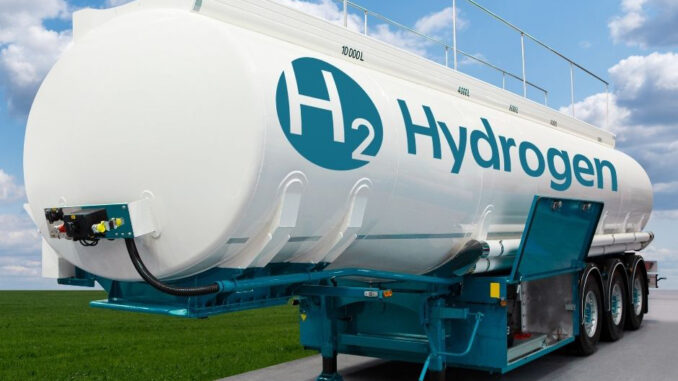
London, 11 November (Argus) — Signatories to the Breakthrough Agenda initiative have set out a 12-month hydrogen action plan which included deploying 100 “hydrogen valleys” and setting up a certification programme.
At the Cop 27 UN climate summit the group, which represents 50pc of global gross domestic product (GDP) and includes the G7, China, India, Australia, and South Korea, issued its hydrogen priorities for 2023 as part of a 25 action plan for hard-to-abate sectors. The target to deploy “50 large scale net zero emission industrial plants” is likely to create demand for hydrogen, which is a decarbonisation solution for the fertiliser, steel and cement industries among others.
The countries said they want more hydrogen projects across diverse geographies and end-use sectors, but did not define what “hydrogen valleys” would look like. They urged greater knowledge sharing through multi-national platform Mission Innovation.
It wants its certification and standards programme to be “resourced and underway” by Cop 28. It will aim to give industry participants clarity on CO2 intensity of renewable and low-carbon hydrogen, which is essential for trade. The programme has been entrusted to the 2003-founded International Partnership for Hydrogen and Fuel Cells in the Economy, supported by the IEA and International Renewable Energy Association (Irena). It will look to pull together work by different groups, but it will not be easy to generate consensus where others have so far failed.
Most of the actions centred around greater co-ordination and rationalisation of activities. The countries plan to make a partnership of leading finance institutions, including the World Bank and UN Industrial Development Organisation, to review available financial support and facilitate greater access for hydrogen projects. The countries will increase commitments to use hydrogen in various sectors and then aggregate and broadcast their commitments to send a strong demand signal. Finally, the Breakthrough Agenda staff have committed to map global hydrogen initiatives to identify overlap and gaps to fill.
Progress on actions will be assessed at the next Cop with more targets set on an annual basis, as the group works towards its goal of “affordable renewable and low carbon hydrogen globally available by 2030”.


